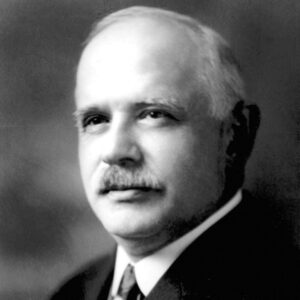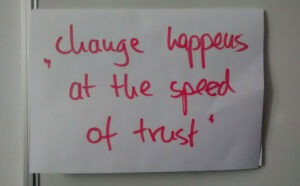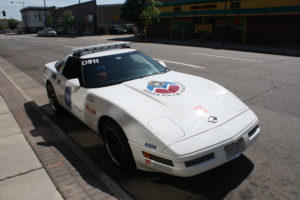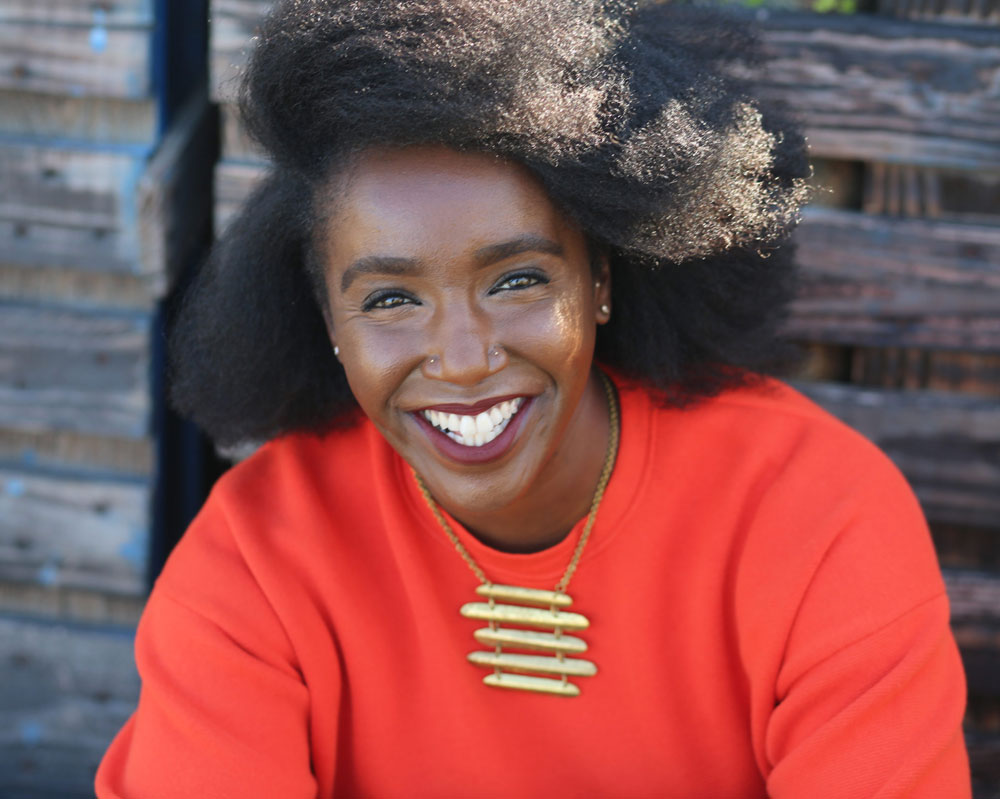May 21, 2011; Source: The Seattle Times | Since 1994 when the Bill and Melinda Gates Foundation was established, the organization’s name was associated with locations far beyond its Seattle home. As the world’s largest charitable organization, responsible for giving away almost $3 billion annually, it sponsors global anti-poverty, health and education initiatives and also maintains a strong administrative and research presence in the Seattle area. The Seattle Times reports that when the Gates Foundation unveils a newly designed campus in early June, it will represent a new effort on the foundation’s part to be more transparent and to strengthen its connection to the Seattle community and to the broader world.
According to The Seattle Times, the design review process for the new campus began in 2006 when Seattle’s NBBJ architecture firm presented Melinda Gates with possible ideas for a new structure located across the street from the downtown Seattle Center. "I wanted something that's rooted in the Northwest," Gates recalled to the Times. She added that a key priority for the new site was that it needed "to be iconic and represent the work we do.” The Times describes the winning design as “two dramatic, glass-walled structures that curve like boomerangs, with arms stretching out in different directions.”
Sign up for our free newsletters
Subscribe to NPQ's newsletters to have our top stories delivered directly to your inbox.
By signing up, you agree to our privacy policy and terms of use, and to receive messages from NPQ and our partners.
A key feature of the new headquarters will be a heightened presence in downtown Seattle. The foundation is planning to host annual meetings at the Seattle Center and will add outdoor amenities including benches and bike racks along the building’s main Fifth Avenue entrance. The foundation is also planning to add an outdoor screen for video art and a viewing pavilion “for the public to look in on the inner campus.” As part of the foundation’s effort to involve the public in its work, the new site will feature a hands-on visitor’s center, described by the Times as “a tourist destination for do-gooders.”
“We really wanted the foundation to feel transparent to people when they came here," Gates told the Times. "The idea was to have a place where people could understand our work but also understand what they could do."—Anne Eigeman













